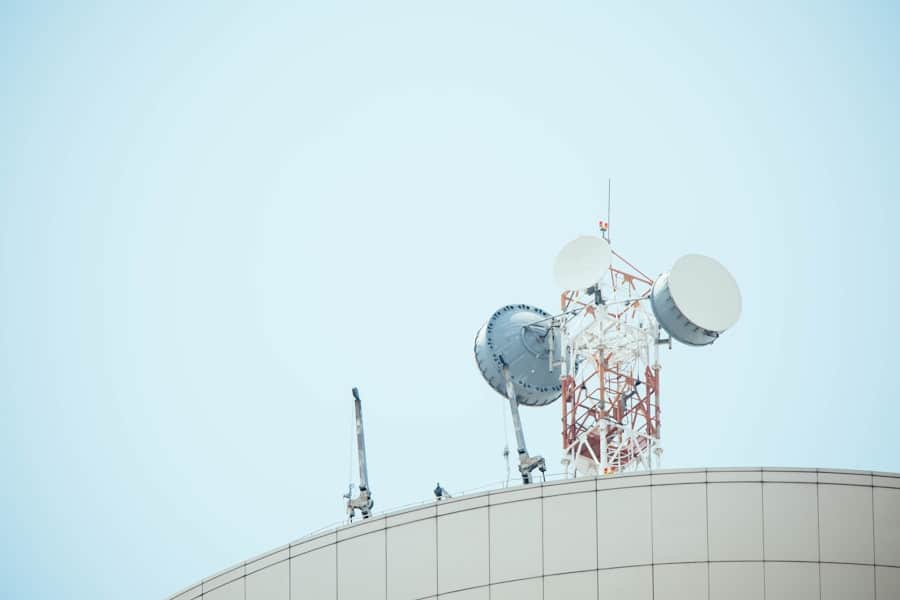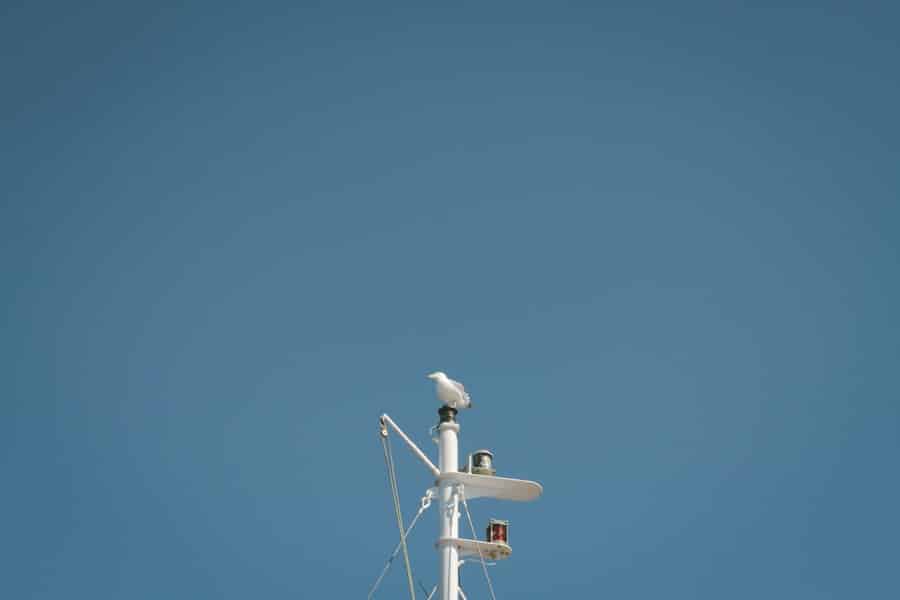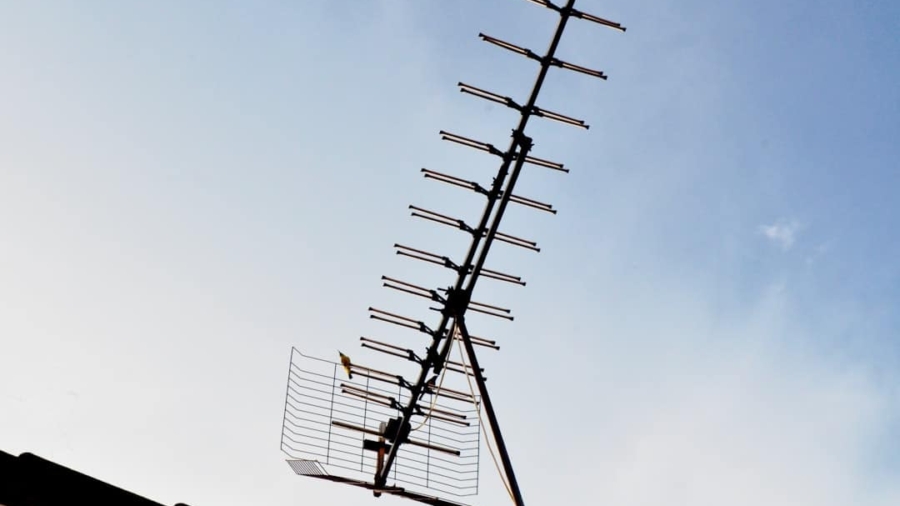In an increasingly interconnected world, the movement of goods across oceans and continents is a vital component of global commerce. The efficiency and security of these trade routes are paramount, and satellite monitoring has emerged as a transformative technology in this domain. By leveraging satellite systems, stakeholders can gain real-time insights into shipping activities, enhancing the ability to track vessels, manage logistics, and respond to emergencies.
The integration of satellite technology into maritime operations has not only improved operational efficiency but has also contributed to greater transparency in global trade. The significance of satellite monitoring extends beyond mere tracking; it encompasses a wide array of applications that influence economic stability, environmental protection, and national security. As global trade continues to expand, the demand for reliable and accurate monitoring systems has intensified.
This article delves into the multifaceted role of satellites in tracking vessels and cargo, exploring their advantages, challenges, and the future trajectory of this technology in the maritime sector.
Key Takeaways
- Satellite monitoring plays a crucial role in tracking global shipping and trade routes, providing valuable insights into the movement of vessels and cargo.
- The use of satellites offers numerous advantages for monitoring global shipping and trade routes, including real-time tracking, wide coverage, and cost-effectiveness.
- Despite its advantages, satellite monitoring also comes with challenges and limitations, such as weather interference and the inability to track small vessels.
- Satellite data analysis has a significant impact on global trade, providing valuable information for decision-making, risk assessment, and supply chain management.
- Recent developments in satellite technology, such as the use of high-resolution imagery and advanced analytics, have improved the accuracy and efficiency of monitoring shipping and trade routes.
The Role of Satellites in Tracking Vessels and Cargo
Satellites play a crucial role in the tracking of vessels and cargo by providing a comprehensive view of maritime activities from space. Utilizing technologies such as Automatic Identification System (AIS) and Synthetic Aperture Radar (SAR), satellites can monitor ship movements, identify vessel types, and even assess cargo conditions. AIS, for instance, transmits information about a ship’s identity, position, course, and speed, allowing for real-time tracking.
This data is invaluable for shipping companies, port authorities, and maritime security agencies as it enables them to monitor traffic patterns and optimize routes. Moreover, satellite imagery can be employed to visualize shipping lanes and detect anomalies such as illegal fishing or smuggling activities. By analyzing high-resolution images captured by satellites, authorities can identify vessels that may be operating outside legal parameters.
This capability is particularly important in regions where traditional monitoring methods are limited due to vast ocean expanses or lack of infrastructure. The combination of AIS data with satellite imagery creates a powerful tool for enhancing maritime situational awareness.
Advantages of Using Satellites for Monitoring Global Shipping and Trade Routes

The advantages of utilizing satellites for monitoring global shipping and trade routes are manifold. One of the most significant benefits is the ability to provide real-time data over vast distances. Unlike terrestrial tracking systems that may be hindered by geographical barriers or limited coverage, satellites can offer continuous monitoring regardless of location.
This capability is essential for ensuring the safety and security of maritime operations, particularly in high-risk areas such as piracy-prone waters or regions affected by geopolitical tensions. Additionally, satellite monitoring enhances operational efficiency for shipping companies. By analyzing data on vessel movements and port congestion, companies can make informed decisions regarding routing and scheduling.
This not only reduces transit times but also minimizes fuel consumption and associated costs. Furthermore, the ability to predict arrival times with greater accuracy allows for better coordination with supply chain partners, ultimately leading to improved customer satisfaction.
Challenges and Limitations of Satellite Monitoring
Despite the numerous advantages of satellite monitoring, several challenges and limitations persist. One primary concern is the accuracy and reliability of the data collected. While AIS provides valuable information, it is not foolproof; vessels may turn off their transponders to evade detection or may not be equipped with AIS at all.
This can lead to gaps in data that undermine the effectiveness of monitoring efforts. Additionally, environmental factors such as weather conditions can affect satellite performance, particularly for optical imaging systems that rely on clear visibility. Another challenge lies in the integration of satellite data with existing maritime systems.
The sheer volume of data generated by satellites can be overwhelming, necessitating sophisticated data processing and analysis capabilities. Stakeholders must invest in advanced analytics tools to extract actionable insights from this data. Furthermore, there are concerns regarding data privacy and security; as satellite monitoring becomes more prevalent, the potential for misuse or unauthorized access to sensitive information increases.
Satellite Data Analysis and its Impact on Global Trade
The analysis of satellite data has profound implications for global trade dynamics. By harnessing advanced analytics techniques such as machine learning and artificial intelligence, stakeholders can derive insights that inform strategic decision-making. For instance, shipping companies can analyze historical data on vessel movements to identify trends and optimize their operations accordingly.
This predictive capability allows businesses to anticipate market demands and adjust their logistics strategies proactively. Moreover, satellite data analysis can enhance supply chain resilience by providing visibility into potential disruptions. For example, if a natural disaster occurs in a key shipping region, companies can quickly assess the impact on their supply chains and make necessary adjustments.
This level of agility is crucial in today’s fast-paced global economy, where delays can result in significant financial losses. Additionally, governments can utilize satellite data to monitor compliance with international trade regulations and environmental standards, fostering a more transparent trading environment.
Recent Developments in Satellite Technology for Monitoring Shipping and Trade Routes

Recent advancements in satellite technology have further enhanced the capabilities of maritime monitoring systems. The deployment of small satellites, or CubeSats, has revolutionized the field by providing cost-effective solutions for data collection. These smaller satellites can be launched in constellations to achieve global coverage at a fraction of the cost of traditional satellites.
Companies like Planet Labs have pioneered this approach, offering high-frequency imaging that allows for near-real-time monitoring of shipping activities. Furthermore, innovations in sensor technology have improved the accuracy and resolution of satellite imagery. For example, advancements in radar technology enable satellites to penetrate cloud cover and capture images regardless of weather conditions.
This capability is particularly beneficial for monitoring shipping routes in regions prone to inclement weather. Additionally, the integration of Internet of Things (IoT) devices on vessels allows for seamless data transmission between ships and satellites, enhancing situational awareness and operational efficiency.
The Future of Satellite Monitoring in Global Shipping and Trade
Looking ahead, the future of satellite monitoring in global shipping and trade appears promising as technology continues to evolve. The increasing miniaturization of satellite technology will likely lead to more affordable solutions for businesses of all sizes. As more companies adopt satellite-based monitoring systems, we can expect a shift towards greater transparency in global supply chains.
This trend will not only benefit businesses but also consumers who demand accountability regarding the sourcing and transportation of goods. Moreover, the integration of artificial intelligence with satellite monitoring systems will enable more sophisticated predictive analytics capabilities. By analyzing vast datasets from multiple sources—including weather patterns, geopolitical developments, and economic indicators—stakeholders will be better equipped to anticipate disruptions and make informed decisions.
The Importance of Satellite Monitoring for Global Trade and Commerce
The importance of satellite monitoring for global trade and commerce cannot be overstated. As the world becomes increasingly reliant on complex supply chains that span multiple countries and continents, the need for effective monitoring solutions grows ever more critical. Satellite technology provides a unique vantage point that enhances visibility into maritime operations while facilitating timely decision-making across various stakeholders.
In an era where efficiency, security, and sustainability are paramount concerns for businesses and governments alike, satellite monitoring stands out as an indispensable tool for navigating the complexities of global trade. As advancements continue to unfold in this field, we can anticipate a future where satellite technology plays an even more integral role in shaping the landscape of international commerce.
In the realm of global trade and logistics, the article “How Satellites Monitor Global Shipping and Trade Routes” provides an insightful look into the technological advancements that are revolutionizing the industry. For those interested in further exploring the intersection of technology and commerce, the article on the best software for presentation in 2023 offers valuable information on tools that can enhance the way data and insights are communicated within the shipping and trade sectors. By leveraging cutting-edge presentation software, stakeholders can effectively visualize and present complex data, facilitating better decision-making and strategic planning in the fast-paced world of global trade.
FAQs
What is the purpose of monitoring global shipping and trade routes with satellites?
Satellites are used to monitor global shipping and trade routes to track the movement of goods, ensure compliance with regulations, and enhance maritime security.
How do satellites monitor global shipping and trade routes?
Satellites use various technologies such as Automatic Identification System (AIS) and Synthetic Aperture Radar (SAR) to track vessels, monitor their movements, and gather data on global shipping and trade routes.
What are the benefits of using satellites to monitor global shipping and trade routes?
The use of satellites for monitoring global shipping and trade routes provides real-time data, improves maritime safety, helps in detecting illegal activities, and supports efficient trade operations.
Which organizations or agencies use satellite data to monitor global shipping and trade routes?
Various organizations and agencies, including government maritime authorities, coast guards, and commercial entities, use satellite data to monitor global shipping and trade routes.
How does satellite monitoring of global shipping and trade routes contribute to environmental protection?
Satellite monitoring helps in tracking vessel emissions, identifying potential environmental hazards, and enforcing regulations to minimize the impact of shipping activities on the environment.

